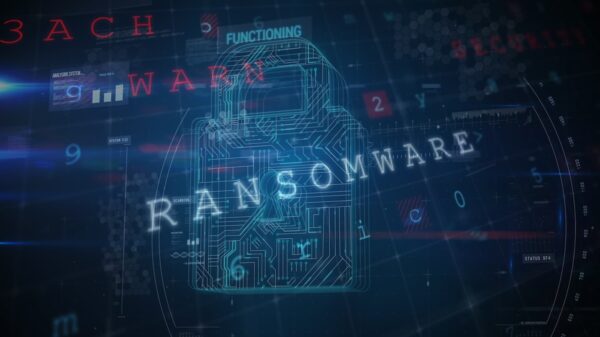Hackers linked to Russia launched cyberattacks on the Montenegro government just months before the country joined the North Atlantic Treaty Organization (NATO) and experts believe these attacks will likely continue.
Despite strong opposition from Russia, Montenegro officially joined NATO on June 5. Russia has threatened to retaliate but it may have already taken action against Montenegro in cyberspace.
Attacks aimed at the Montenegro government spotted earlier this year by security firm FireEye leveraged malware and exploits associated with the Russia-linked threat group known as APT28, Fancy Bear, Pawn Storm, Strontium, Sofacy, Sednit and Tsar Team.
APT28 has been known to target Montenegro. In the latest attacks observed by researchers, the hackers used spear-phishing emails to deliver malicious documents pertaining to a NATO secretary meeting and a visit by a European army unit to Montenegro. Experts believe the latter document may have been stolen and weaponized by the attackers.
The malware delivered in these attacks is tracked by FireEye as GAMEFISH and it has been exclusively used by APT28. GAMEFISH is a backdoor that is tracked by other security firms as Sednit, Seduploader, JHUHUGIT and Sofacy.
The malicious documents delivered the malware via a Flash exploit framework. FireEye has privately informed its customers about this framework, but it has not detailed it in any public reports. However, the company told SecurityWeek that this framework is also known as DealersChoice, which Palo Alto Networks analyzed in October 2016.
FireEye analyst Ben Read told SecurityWeek that the malicious documents first profile the targeted system in an effort to determine which version of Flash Player is present. A command and control (C&C) server is then contacted and the appropriate Flash exploit is downloaded. The exploits, which can include CVE-2015-7645 and CVE-2016-7855, are used to deliver GAMEFISH.
Read said it was unclear if APT28’s attacks against the Montenegro government were successful.
“It’s likely that this activity is a part of APT28’s continued focus on targeting various NATO member states, as well as the organization itself,” said Tony Cole, VP and CTO for Global Government at FireEye.
“Russia has strongly opposed Montenegro’s NATO accession process and is likely to continue using cyber capabilities to undermine Montenegro’s smooth integration into the alliance,” Cole added. “Montenegro’s accession could increase cyber threat activity directed toward NATO, and provide additional avenues for adversaries like Russia to illicitly access NATO information.”
APT28 has been known to target NATO member countries, including by leveraging zero-day vulnerabilities. The group has also been involved in the recent U.S. election attacks.
While the threat actor is widely believed to be sponsored by the Russian government, Moscow has repeatedly denied the accusations. The country’s president, Vladimir Putin, recently claimed that patriotic hackers from Russia could be behind these attacks, but denied that the government is involved in hacking activities.
Related: Russian Outsourcing Provides Plausible Deniability for State-Sponsored Hacking
Related: NSA Contractor Charged With Leaking Russia Hacking Report















